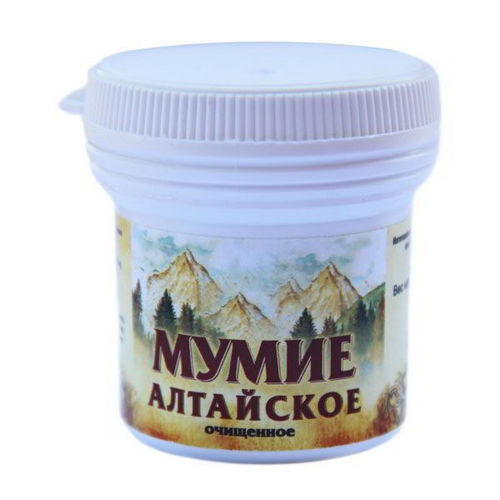Normal bone is made up of a mixture of calcium and other minerals including magnesium and phosphate. Normal bone also contains collagen, a protein that forms the physical framework of bone.
Bone is constantly being broken down and renewed. During childhood more bone is made than broken down. Just after puberty (about 15-17 years) 90% of bone growth is complete and there is only a small increase in bone strength after this age until the age of 30.
From our mid 30s onwards, more bone is broken down than made. This results in a gradual decrease in bone strength as we age.
Hormones such as oestrogen play a role in maintaining bone strength. When women go through menopause there is a significant fall in oestrogen (up to 90%). This means there is rapid bone loss in the years immediately after menopause. However, the rate of loss slows 4-8 years after menopause.
Osteoporosis
Osteoporosis is a condition that results in loss of bone strength, making bones more fragile and more prone to fracture.

It occurs when bones lose minerals, like calcium, more quickly than the body can replace them. This leads to loss of bone thickness (also called bone mass or density). This is a normal part of ageing for everyone.
With osteoporosis bones become thinner, and in severe cases even a minor bump can cause a fracture (break or crack).
Any bone can be affected by osteoporosis, but the most common sites are the:
- hip
- spine
- wrist
- ribs
- pelvis
- upper arm
Often, there are no signs or symptoms of osteoporosis until a fracture occurs.
Some women develop osteoporosis early because of illness or hormonal deficiencies.
What is osteopenia?
Osteopenia is essentially lower bone density, where bones have lost some mass and strength. In osteopenia the bone density is between normal bone density and osteoporosis. A woman with osteopenia has a risk of broken bones that is higher than normal, but not as high as with the more severe effects of osteoporosis.
Osteoporosis in Australia
Nearly two million Australians (approximately 10% of the population) currently have an osteoporosis-related condition, and three quarters of these are women:
- After age 60, 1 in 2 Australian women will have a fracture related to osteoporosis
- Of all osteoporotic fractures in Australia, almost half are vertebral (bones in the spinal column) followed by fractures of the hip and wrist
Hip fractures are a particular problem, with evidence showing a decline in health after a hip fracture:
- 50% of elderly people will need long term nursing care
- The risk of mortality increases with hip fractures with up to 15% leading to death within 4 months of the fracture
With our increasing life expectancy the rate of osteoporosis is likely to increase over the next few years, and up to 13% of the Australian population will be affected by osteoporosis.
What increases the risk of a fall?
Factors that may lead to an increased risk of a fall, especially for older women, include:
- poor vision
- a decreased sense of joint position
- poor balance
- poor physical strength
- increased frailty
Actions to minimise the risk of a fall
Frequent falls may lead you to lose confidence in your ability to move and this can affect your sense of independence. It is worth taking action to minimise the risk of a fall. These actions include:
| Lighting | Ensure you have enough lights in and around your home to make navigation in darker areas and at night easier. |
|---|---|
| Furniture | Move small items of furniture to keep the number of things you might fall over to a minimum. |
| Rugs | Limit the number of rugs in your home if they create an uneven floor surface. |
| Stairs | Choose accommodation with a minimum of stairs. |
| Rails and/or mats | Install rails and/or non-slip mats near stairs and slippery surfaces such as the bathroom floor. |
| Shoes | Choose shoes that give you enough support and traction. |
| Medication | Check whether your medications can affect balance because your doctor may be able to find an alternative. |
| Vision | Check your vision regularly to ensure your vision is correct or corrected. |
| Medical check-up | Have a regular check-up so your doctor can assess your bone strength and how you are walking. |
| Balance and muscle strengthening exercises | Get advice from a physiotherapist or join a class at a local community health centre because:
have been shown to reduce the incidence of falls1 |
| Walking aide | If your doctor recommends a walking aide, use it as a preventative measure so you avoid falls. |
If you are falling because you are fainting as a result of a disorder of your heart rhythm you may need to be assessed and treated by a heart specialist (cardiologist).
The use of hip protectors for the very frail elderly may also reduce the incidence of hip fracture although further research on their use is needed.
If you need expert advice:
- Physiotherapists can provide assistance with aides for walking.
- Occupational therapists or your community health centre can advise you about making your home environment safer.




Greetings! Very helpful advice on this article! It is the little changes that make the biggest changes. Thanks a lot for sharing!
Way cool! Some very valid points! I appreciate you penning this post and the rest of the website is also really good.